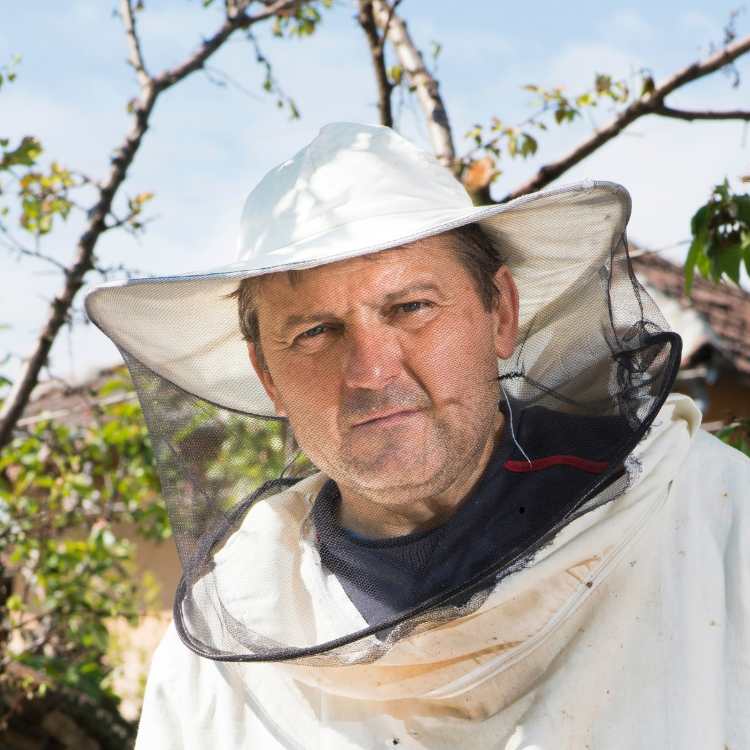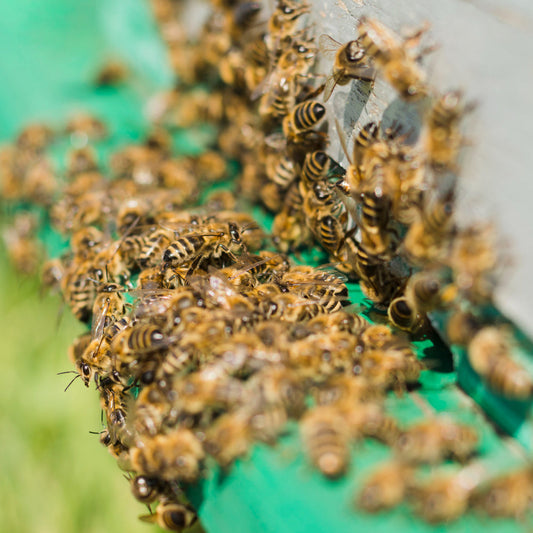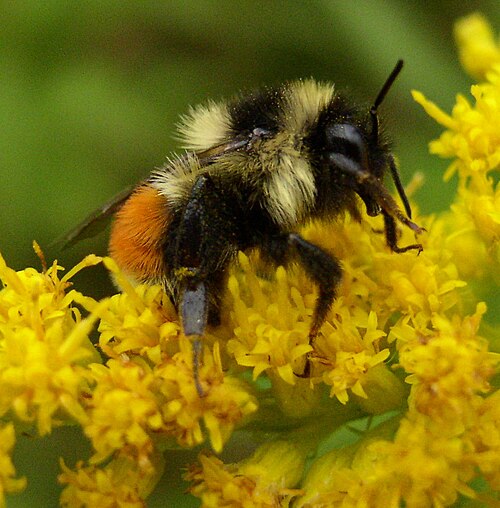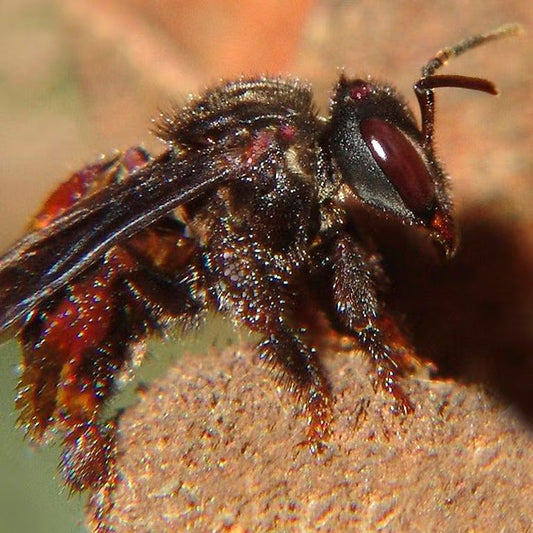Out and about in the fields, bumblebees don’t waste time. Most folks think bees just buzz around the flowers and somehow “see” them. But bumblebee eyes are high performance sensory systems, engineered by evolution for fast paced, color coded work.
And what powers all this precision? Their eyes. And not just any eyes; bumblebee eyes are specialized, multi-lens visual systems built for speed, color detection and orientation.
Here’s a quick breakdown of how bumblebee eyes work and why they matter.
The visual arsenal
When people first learn that bees have five eyes, they usually think that it is a myth. But it is not.
Compound eyes
Bumblebees are equipped with two large compound eyes, one on each side of the head. These are made up of thousands of microscopic units called ommatidia. And each ommatidium contains:
- A hexagonal lens on the surface (facet)
- A columnar light sensing structure called a rhabdom at the center
- Fingerlike microvilli packed with light sensitive pigments
- An axon that transmits visual data to the brain.
The surface of bumblebee eyes is smooth, unlike honeybees, which have interommatidial hairs.
Every ommatidium gathers light independently, and together they create a low resolution mosaic of the bee’s surroundings. But don’t let “low-res” fool you—these eyes do exactly what they are designed to do.

Ocelli
Between the antennae and above the compound eyes sit three single-lens eyes called the ocelli. These are not geared towards detailed vision. They don’t form images; instead, they detect:
- Light sensitivity
- UV radiation
- Overall brightness shifts
These help the bumblebee stabilize during flight and gauge sun position—critical for navigation.

Bumblebee vision
What makes bumblebee eyes so effective is how they are able to process color. Each ommatidium contains cells that respond to three specific wavelengths of light:
- Ultraviolet (UV) at 353 nm
- Blue at 430 nm
- Green at 548 nm
Unlike us humans, bumblebees are not able to see the color red. But their ability to detect UV patterns on flowers gives them an edge. Many flowers have developed UV nectar guides, which are simple visual clues that literally point bees toward the pollen.
Color vision in action
The way bumblebees handle color plays out in every foraging trip. When a bee lands on a flower:
- The compound eyes detect the flower’s shape, color, and position.
- The ocelli gauge ambient light and help stabilize flight posture.
- Visual input gets processed fast, guiding choices on which flowers to visit next.
Spatial awareness and motion detection
Beyond just the basics of color, bumblebee eyes can also track shape, size, and movement.
With an ommatidial acceptance angle of about 3 degrees, these eyes can differentiate between small variations in floral structures. Super important for when flower species compete for attention.A higher flicker fusion frequency of around 110 Hz allows bumblebees to see and react to fast moving objects without blur. This matters when flying through dense vegetation or avoiding predators.
What bumblebee eyes see best
Here’s what their vision system is tuned to pick up with precision:
- High contrast shapes and patterns
- UV reflective surfaces
- Green heavy floral backgrounds (blue and purple flowers)
- Flickering movement from 50 - 110 Hz
- Wide field of view for motion detection
Navigation and orientation
Have you seen a bumblebee fly a perfect arc and return to the same flower just seconds later?
That is visual memory in action. These insects are able to create a mental map based on visual landmarks. The compound eyes record the environmental details, while the ocelli track the celestial cues and light levels.Bumblebees also use polarization vision. This is a way of detecting the angle of sunlight in the sky. While the compound eyes don’t rely on polarization for flower detection, this feature kicks in when navigating long distances or finding their nests.

A bumblebee on a flower
A final look
When you watch a bumblebee hover, land, and zap away, you are seeing an elite visual system in motion. Bumblebee eyes are not just about seeing; they are about navigating a complex world of light, movement, and color in real-time, all while keeping the ecosystem in balance.
So, the next time you spot a bumblebee working a lavender patch, remember: those five eyes are not just looking. They are calculating. Seeing the world in a very different light than we do.
With us this far? We have much more interesting stories to bring you from the world of bees. For more such intriguing stories, consider following my full blog here.





